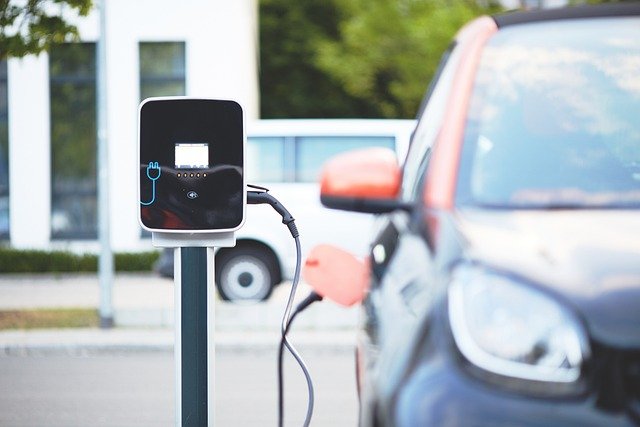Learn About What Makes Tiny Electric Cars So In Demand
The rising popularity of tiny electric cars represents a significant shift in urban mobility preferences. These compact vehicles combine environmental consciousness with practical city living, offering an innovative solution to modern transportation challenges. As cities become more congested and environmental concerns grow, these diminutive electric vehicles are emerging as a smart choice for sustainable urban mobility, providing efficient transportation while minimizing environmental impact.

Modern Features: Practical and Stylish Solutions
Tiny electric cars pack impressive technology into their compact frames. Modern models feature advanced battery management systems, regenerative braking, and smart connectivity options that rival their larger counterparts. These vehicles often include touchscreen displays, smartphone integration, and digital instrument clusters that provide real-time information about range, battery status, and navigation. The interior designs maximize space efficiency while maintaining comfort, with clever storage solutions and adjustable seating configurations.
Environmental Impact: A Sustainable Choice for Urban Living
The environmental benefits of tiny electric cars extend beyond zero tailpipe emissions. Their smaller batteries require fewer raw materials to manufacture compared to larger electric vehicles, reducing the overall environmental footprint. The compact size means less energy consumption during operation, making them highly efficient for daily commutes. Additionally, many manufacturers use sustainable materials in construction, further enhancing their eco-friendly credentials.
Compact Design: Navigating City Streets with Ease
The small footprint of tiny electric cars makes them ideal for urban environments. With typical lengths under 3 meters, these vehicles can navigate narrow streets and fit into tight parking spaces that would challenge conventional cars. Their turning radius is notably smaller, making them exceptionally maneuverable in crowded city centers. Despite their size, clever engineering ensures adequate passenger space and essential storage capacity for daily needs.
Cost Considerations and Market Options
| Model | Range (km) | Starting Price (USD) |
|---|---|---|
| Citroën Ami | 70 | 6,000 |
| Renault Twizy | 100 | 9,999 |
| Wuling Hongguang Mini EV | 120 | 4,500 |
| Smart EQ ForTwo | 159 | 24,950 |
Prices, rates, or cost estimates mentioned in this article are based on the latest available information but may change over time. Independent research is advised before making financial decisions.
Urban Mobility Solutions
The surge in tiny electric car adoption reflects changing urban transportation needs. These vehicles bridge the gap between traditional cars and alternative mobility solutions like e-bikes or scooters. Their lower operating costs, minimal maintenance requirements, and reduced parking fees make them particularly attractive for city dwellers. Many cities now offer incentives for tiny electric car ownership, including dedicated parking spaces and access to low-emission zones.
Safety and Reliability
Despite their small size, tiny electric cars incorporate essential safety features. Many models include airbags, anti-lock braking systems, and electronic stability control. The low center of gravity, thanks to floor-mounted batteries, enhances stability and handling. While they may not be suitable for highway driving, these vehicles excel in their intended urban environment, providing reliable transportation for daily commutes and city errands.
The growing demand for tiny electric cars reflects their perfect alignment with modern urban lifestyle needs. By combining environmental responsibility with practical mobility solutions, these vehicles offer an appealing alternative to traditional transportation options. As cities continue to evolve and environmental awareness increases, the popularity of these compact electric vehicles is likely to grow further, marking them as a significant part of future urban mobility solutions.




